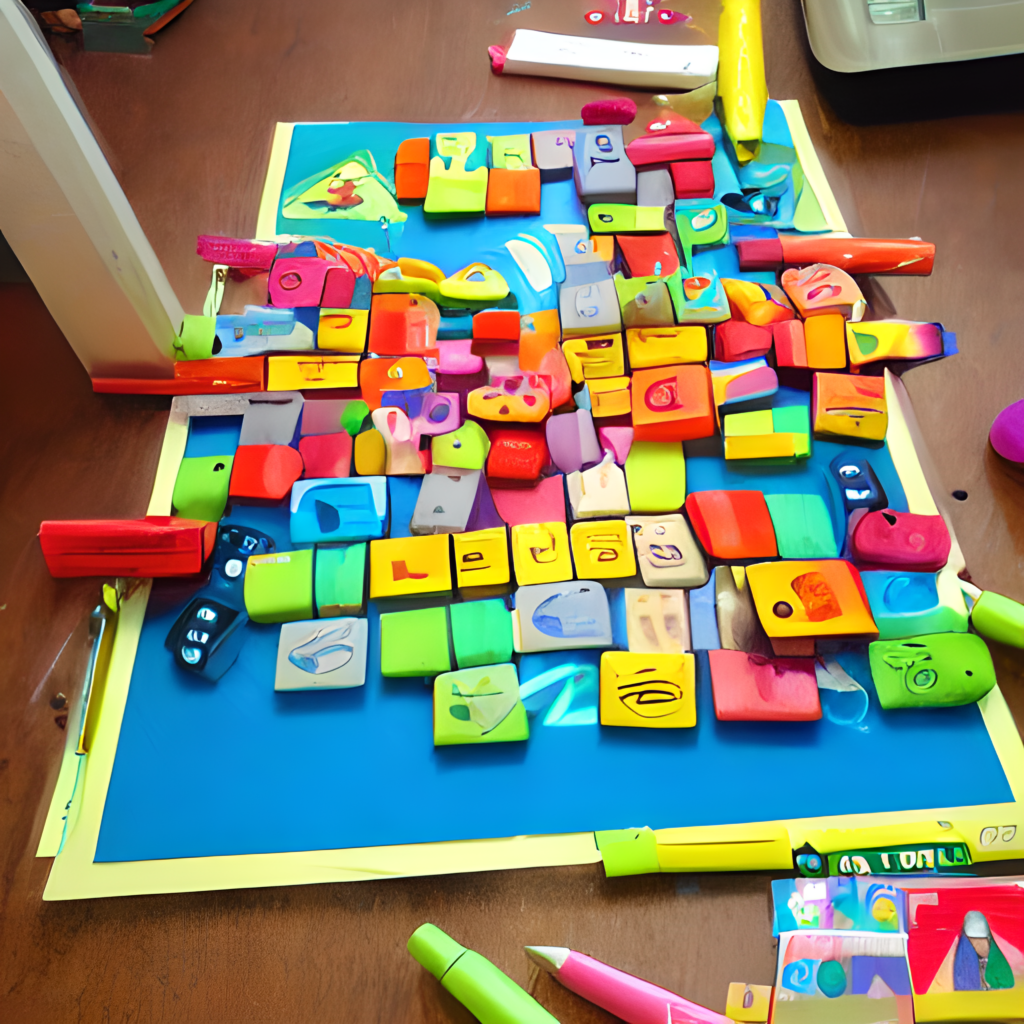Introduction
Autistic burnout is a phenomenon that affects many individuals on the autism spectrum, yet it remains widely misunderstood. It’s characterised by a state of physical, emotional, and mental exhaustion, often resulting from prolonged stress, overload, or masking – the practice of camouflaging one’s autistic traits to fit into societal norms. In this blog post, we’ll delve into what autistic burnout entails, its impact, and most importantly, strategies to overcome and navigate through it.
What is Autistic Burnout?
Autistic burnout isn’t simply feeling tired or stressed; it’s a unique experience tied to the sensory and cognitive differences that come with being autistic. It can manifest differently in each individual but commonly involves heightened anxiety, executive dysfunction, sensory overload, and a depletion of coping mechanisms. Often, burnout occurs after a period of masking – the exhausting effort of appearing neurotypical, which can lead to a significant energy drain and mental fatigue.
Impact of Autistic Burnout
The impact of autistic burnout can be profound, affecting various aspects of an individual’s life. From difficulties in communication and social interactions to challenges in maintaining routines or fulfilling responsibilities, burnout can hinder daily functioning and lead to feelings of isolation, depression, and even physical health issues. Recognising the signs of burnout and addressing them promptly is crucial for promoting well-being and preventing further deterioration.

Autism Coaching
Seeking guidance from autism coaches can be immensely beneficial in navigating the challenges of autistic burnout. Autism coaches specialise in understanding the unique needs and strengths of autistic individuals, providing personalised support and strategies for overcoming obstacles and achieving personal goals. Through coaching sessions, individuals can gain valuable insights into their autistic traits, learn effective coping mechanisms, and develop practical strategies for managing burnout and enhancing overall well-being. Autism coaching offers a safe and non-judgmental space for individuals to explore their experiences, build self-confidence, and cultivate self-advocacy skills. By working collaboratively with a knowledgeable coach, individuals can develop a deeper understanding of themselves, uncover their potential, and thrive in both personal and professional aspects of life. (Learn more about autism coaching: The Very Versatile Lemon)
Strategies for Overcoming Autistic Burnout
- Self-awareness and Acceptance: Understanding one’s own autistic traits, limitations, and needs is the first step in managing burnout. Acceptance of oneself as an autistic individual, with unique strengths and challenges, can alleviate the pressure of constantly masking and trying to fit in. (For further reading: Autism Self-Advocacy Network)
- Establishing Boundaries: Learning to set boundaries is essential for protecting one’s mental and emotional energy. This may involve saying no to excessive social commitments, sensory triggers, or tasks that exceed one’s capacity. (For tips on setting boundaries: Psychology Today)
- Sensory Regulation Techniques: Developing personalised sensory regulation techniques can help in managing sensory overload. This could include creating a sensory-friendly environment, using sensory tools like noise-canceling headphones or fidget toys, and practicing relaxation techniques such as deep breathing or mindfulness. (Explore sensory strategies: Sensory Processing Disorder Foundation)
- Prioritising Self-Care: Prioritising self-care activities that promote relaxation and rejuvenation is vital for combating burnout. This could involve engaging in hobbies, spending time in nature, getting adequate rest, and maintaining a healthy lifestyle through exercise and nutrition. (For self-care ideas: Self-Care for All)
- Seeking Support: Seeking support from understanding friends, family members, or professionals, such as coaches, who are knowledgeable about autism can provide validation, guidance, and practical assistance in navigating through burnout. (Find support networks: Autism Society)
- Advocacy and Community Involvement: Engaging in advocacy efforts and connecting with the autistic community can foster a sense of belonging and empowerment. Sharing experiences, insights, and resources with others can help combat feelings of isolation and promote social inclusion. (Join autistic advocacy groups: Autistic Women & Nonbinary Network)

Conclusion
Autistic burnout is a real and challenging experience for many individuals on the autism spectrum, but it’s not insurmountable. By fostering self-awareness, establishing boundaries, prioritising self-care, seeking support, and engaging in advocacy efforts, individuals can navigate through burnout and thrive. It’s essential to recognise that everyone’s journey is unique, and finding strategies that work best for oneself is key to overcoming and managing burnout effectively. With greater understanding and support, individuals can embark on a path towards holistic well-being and fulfilment.

Be the first to comment